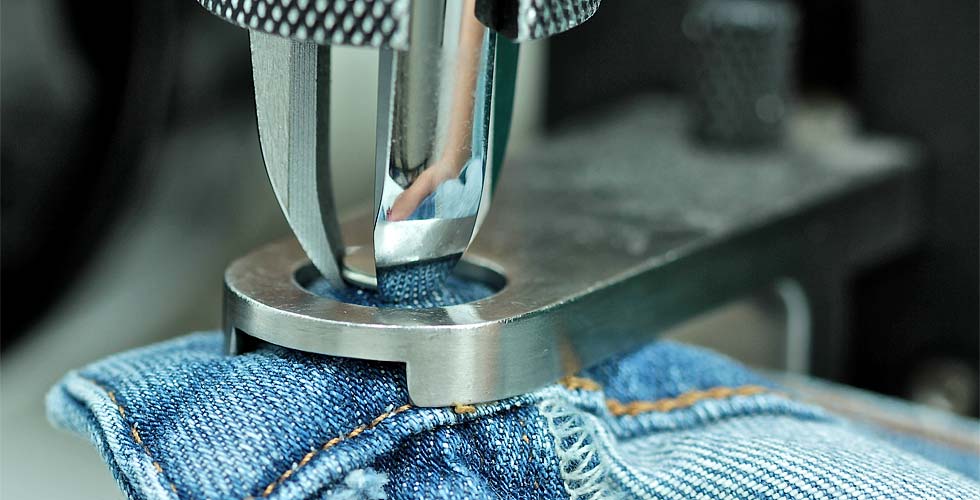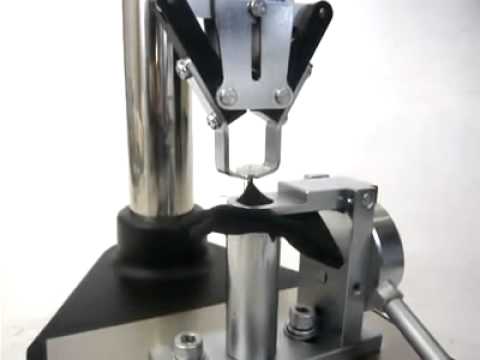
NewsInformation Center
Button Pull Test Method
2018/06/01

What is Button snap pull tester?
Button snap pull tester, to determine the holding or breaking strength of prong-ring attached snap fasteners onto garments or toys, also as a button pull tester applies for compression and tensile testing of small samples(special attachments are available). The Pull Tester complies with ASTM PS79-96, ASTM F963, EN 71-1, etc. Snap tester will help you a lot when you do push and pull test. Come and contact us for more information about fastener pull tester.
Application:
Snap Tester ( button pull test machine ), to determine the holding or breaking strength of prong-ring attached snap fasteners onto garments or toys, also as a Push Pull Tester for compression and tensile testing of small samples(special attachments are available).
Our snap button pull test machine consists of an upper snap clamp, a lower fabric clamp and force gauge mounted on a stand, a hand wheel on the bottom of snap tester which allows fine control with convenient operation.
The snap component is gripped by the Upper Snap Clamp and the garment is fixed to the lower Fabric Clamp. By turning the hand wheel, The operator can apply a specific force and the holding force or the breaking strength can be recorded. The capability of the snap tester can be enhanced with clamps & accessories for testing of other Snaps, Jean Buttons, Four Hole Buttons & Garments Accessories such as Zippers, Bows, Appliqué, Toggles, Hooks/Bars, and D-Rings, amongst others.

Button pull test condition:
Before conducting the button pull test, we need to put the specimen into the condition of moisture equilibrium for button attachment strength test in the standard atmospheric according to Practice D1776.
testing procedure:
1.We set up and verify the button strength tester by using 15lb (6.82kg)±10% calibration weights. (Note: The calibration weights are optional.)
2.We attach the suitable upper clamp to the hook of the Pull Gauge. (Note: Accessories are optional.)
3.Adjusting the Pull Gauge to zero position by Zero Tare Ring. (Note: The Pull Gauge is under “ON” switch.)
4.Place the specimen on the correct position, the concave indent of the Lower Fabric Clamp. And the button is positioned centrally. Through the press of the Arm of Lower Fabric Clamp to clamp the fabric tightly.
5.Lowering the Universal Clamp until it is above the test piece by the Right-hand Flywheel.
6.Clamping the button of specimen onto the Universal Clamp. (Note: The horizontal arm keeps upward so that it can clamp the test piece easier.)
Driving downward the Universal Clamp to clamp the specimen;
To adjust the Upper Snap Clamp, until its edges of three claws just touch the circumferential edge of the button;
To ensure that only the button is held by the clamp, and the fabric is not affected;
Tightening the clamp to grip the button at the same time.
(Note: If larger button need to be tested, it should use the Upper Grasp Clamp, the original holding plate in the Lower Fabric Clamp is replaced with the Grasp Clamp.)
7.Turning on the “ON” switch. If necessary, we can re-adjust it to zero position.
8.Turning the Right-hand Flywheel to keep the clamp moving upward.
9、The button may separate from fabric while the gauge reading is lowering than 7 kg;
If the button bears the 7 kg force, the clamp should hold it for few seconds and loosen it; (Note: The force applies from 0 to 7 kg within 5 seconds.)
When the breaking load reaches 7 kg or less, we should record the data of breaking power.If the button is not separated from the fabric until 7 kg, operator should adjust the Pull Gauge to “ON” switch again to stop it and keep the force of 7 kg for 10 seconds.
If the fabric is slipped out of the Lower Fabric Clamp during the test, we suggest to repeat the step 4 with a new specimen.
If the button is slipped from the Upper Clamp during the test, we have to discard the it and repeat the test procedure with a new specimen.
10、The rest of male and female button specimen should repeat step 2-9 and record its result.


Previous: ISO 811 Hydrohead Test Method Analys
N e x t : Factors Affecting Yarn Strength



